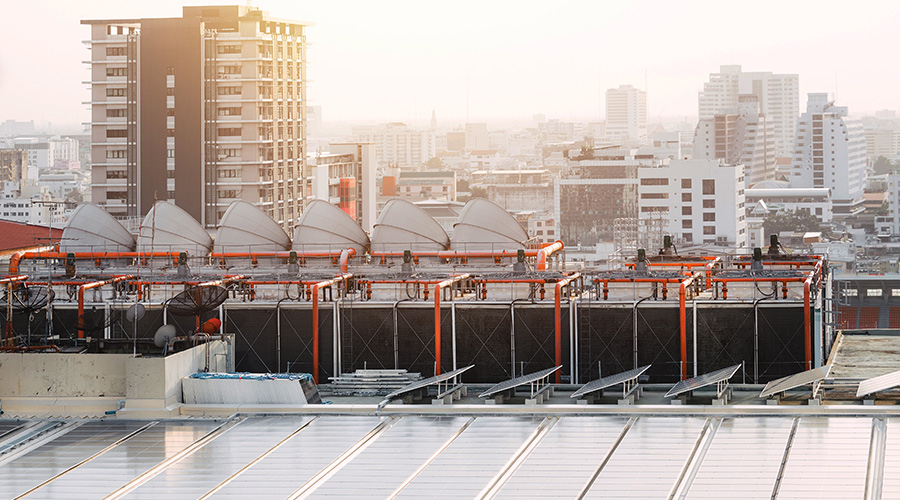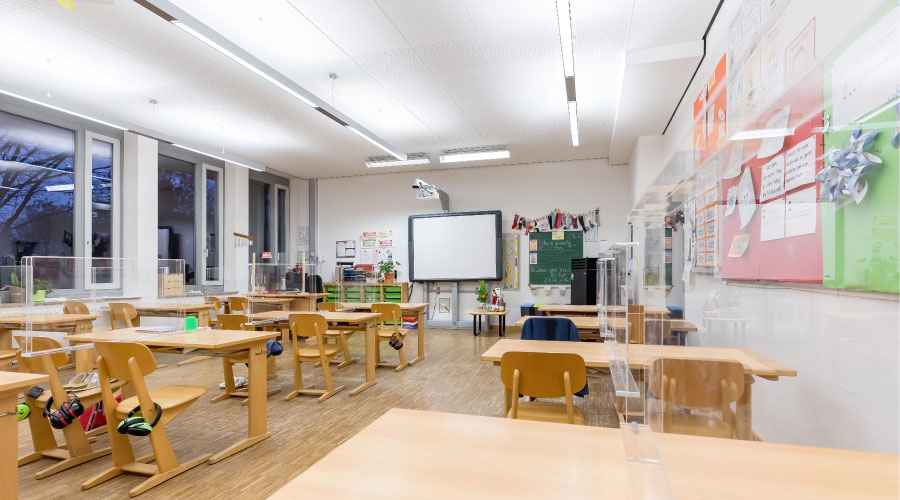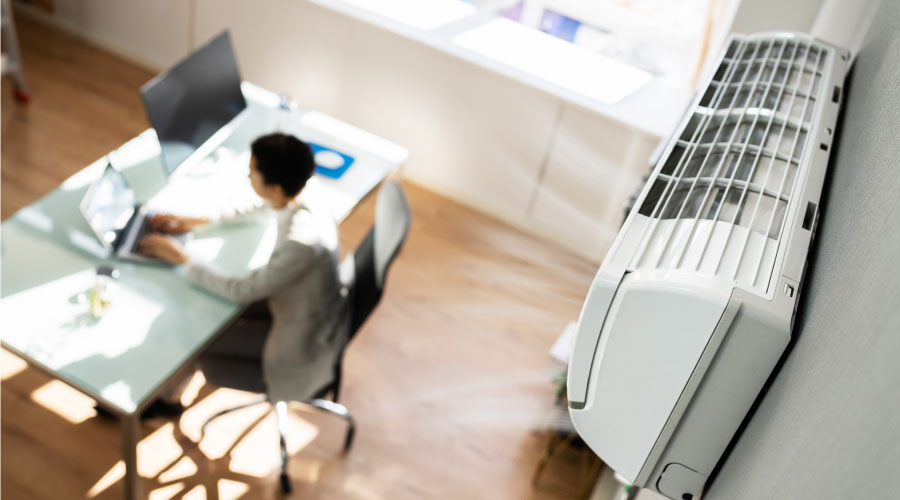Hot/Cold Call Burnout: IFMA Study Examines Common Worker Complaints
A new study by the International Facility Management Association (IFMA) identifies when most thermal complaints occur, the nature of the complaints, and the actions taken to make workers more comfortable and able to concentrate on their jobs.
A new
study by the International Facility Management Association (IFMA) identifies when most thermal complaints occur, the nature of the complaints, and the actions taken to make workers more comfortable and able to concentrate on their jobs.
In past surveys of facility professionals, respondents consistently cite the temperature being too hot or too cold as the most frequent grievance they hear — surpassing high noise levels, limited space and unpleasant odors.
Not surprisingly, survey respondents again report that the most common heating, ventilating and air conditioning complaints they receive are that the temperature is too cold (94 percent) or too hot (91 percent). Indoor air quality complaints are a distant third (25 percent), followed by too drafty (21 percent) and too noisy (16 percent).
Building occupants adjust to thermal comfort issues in different ways, the most common of which are through the use of personal fans (66 percent) or by a change in clothing (64 percent). Also popular with workers — though not with building management — is the use of personal heaters, which 60 percent of facility professionals report seeing. Many survey respondents say that personal heaters are not allowed, however, because they present a fire hazard. Other responses include using stand-alone air conditioning units, blankets and even small wading pools under the desk.
When it comes to addressing occupants’ thermal complaints, 90 percent of facility professionals say they check the temperature in the area where the complaint was made to see if it is within standards; 87 percent validate that the HVAC system is working properly; and 75 percent adjust thermostats to provide for greater worker comfort.
Less popular responses include encouraging the occupant to wear layered clothing (35 percent) and temporarily moving the worker to another area (4 percent). Others report taking a vote of all occupants in a given control zone; asking people for a budget code to charge them for additional costs associated with running units more than agreed upon parameters; or simply doing nothing.
Recent IFMA research also shows that many facility professionals are adjusting the thermostat to higher settings in the summer and lower settings in the winter in an effort to cut energy consumption and costs. Among other energy saving techniques, 77 percent say that they have updated or replaced an HVAC system or components; 73 percent have verified that their building automation system is working as designed; and 52 percent have installed more efficient light fixtures to reflect less heat.
Related Topics:











